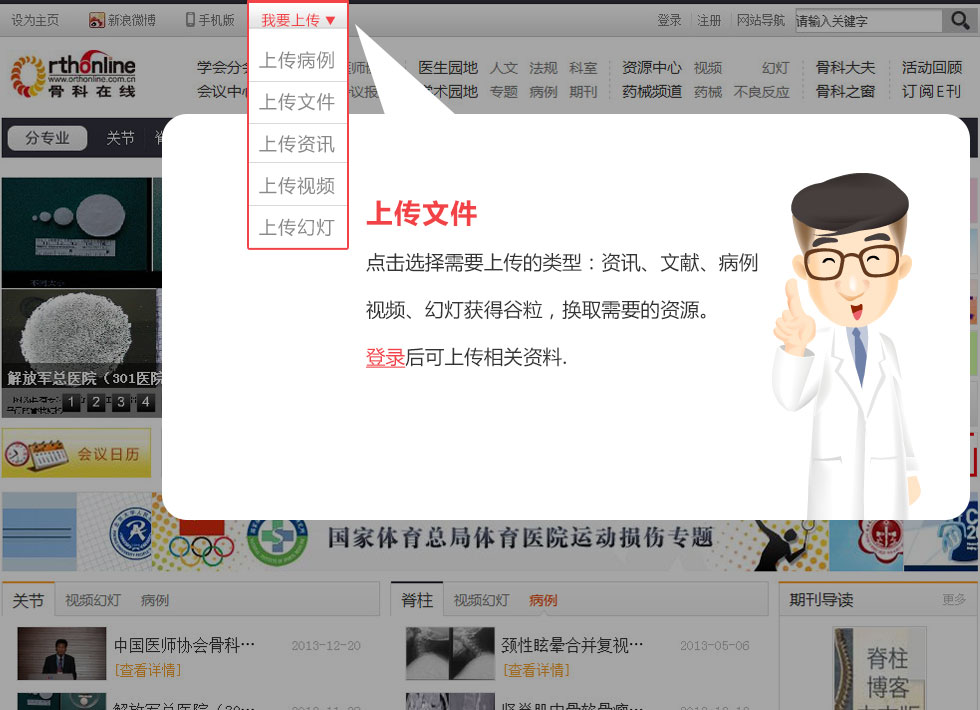Magnetic Resonance Imaging Findings in Symptomatic Versus Asymptomatic Subjects Following Metal-on-Metal Hip Resurfacing Arthroplasty
第一作者:Danyal H. Nawabi
2013-05-28 点击量:498 我要说
Danyal H. Nawabi, Catherine L. Hayter, Edwin P. Su,Matthew F. Koff
Giorgio Perino,Stephanie L. Gold,Kevin M. Koch, Hollis G. Potter
Background:
Although pseudotumors have been reported at the sites of well-functioning and painful metal-on-metal hip prostheses, there are no objective data on the magnitude of the adverse reaction. This observational study was performed to investigate the ability of modified magnetic resonance imaging (MRI) to detect and quantify adverse synovial responses in symptomatic and asymptomatic subjects following metal-on-metal hip resurfacing. We hypothesized that the magnitude of the synovial reactions would be greater in symptomatic patients.
Methods:
Sixty-nine patients (seventy-four hips) with hip resurfacing were divided into three groups: asymptomatic (twenty-two hips), symptomatic with a mechanical cause (twenty), and unexplained pain (thirty-two). The volume of synovitis was calculated on MRI for all patients.
Results:
Synovitis was detected in fifteen asymptomatic hips (68%), fifteen (75%) with symptoms with a mechanical causes, and twenty-five (78%) with unexplained pain. The mean volume (and standard deviation) of the synovitis in these groups was 5 ± 7 cm3, 10 ± 16 cm3, and 31 ± 47 cm3, respectively. The coefficient of repeatability between the examiners was 1.8 cm3 for measurement of synovitis. Of the thirteen subjects with revision arthroplasty, six had an adverse local tissue reaction. This subgroup had the highest volumes of synovitis on MRI.
Conclusions:
An adverse synovial reaction was detected on MRI in both symptomatic and asymptomatic subjects. We found a larger volume of synovitis in symptomatic patients; this increase reached significance only in the group with an adverse local tissue reaction. Synovial volume on MRI may be a valuable marker in the longitudinal assessment of asymptomatic patients with a metal-on-metal hip resurfacing and in identifying patients with adverse local tissue reaction.





 京公网安备11010502051256号
京公网安备11010502051256号